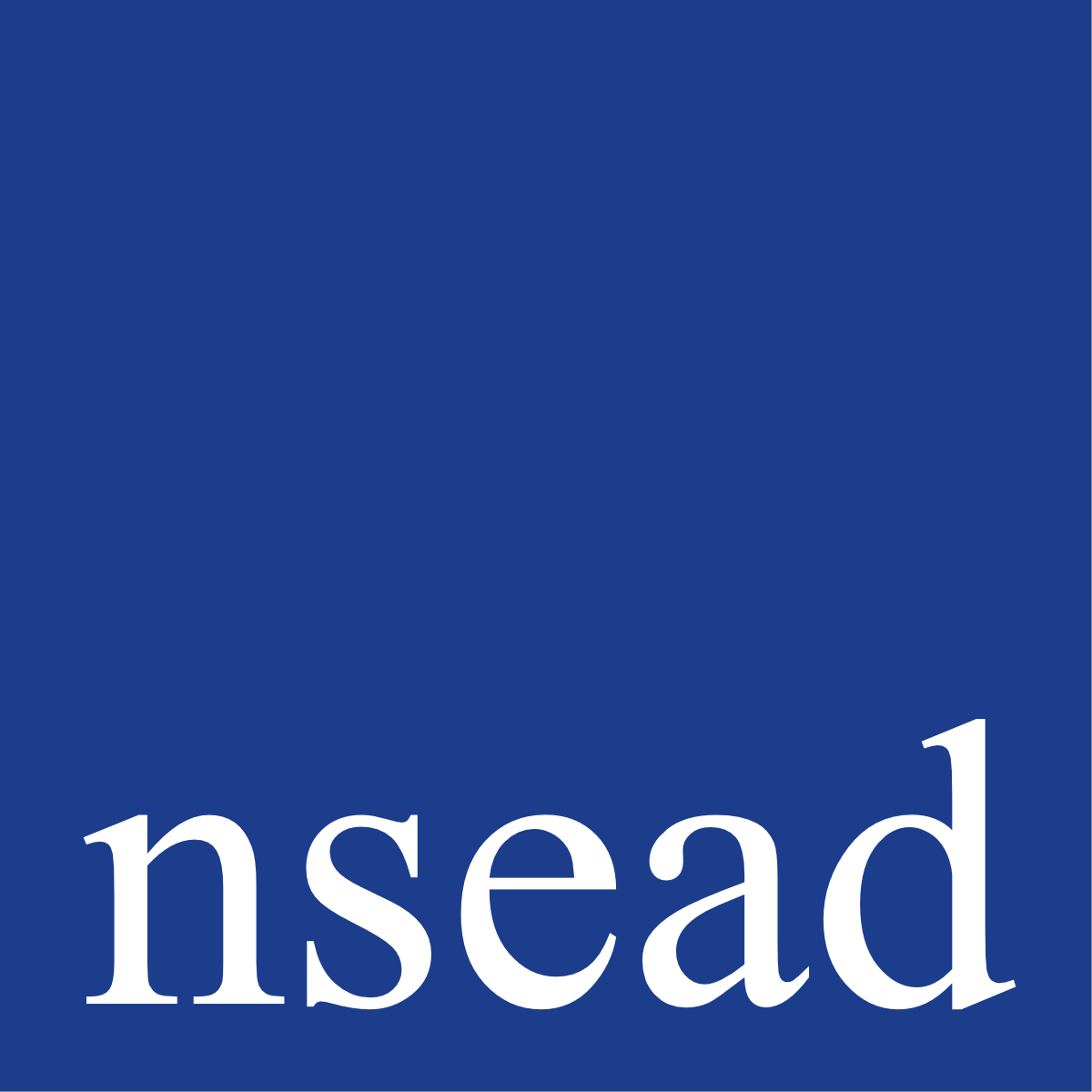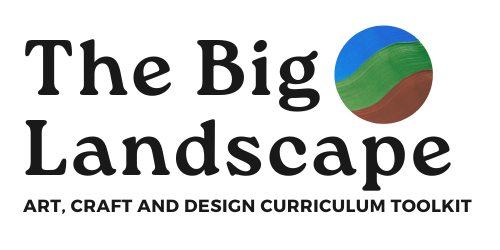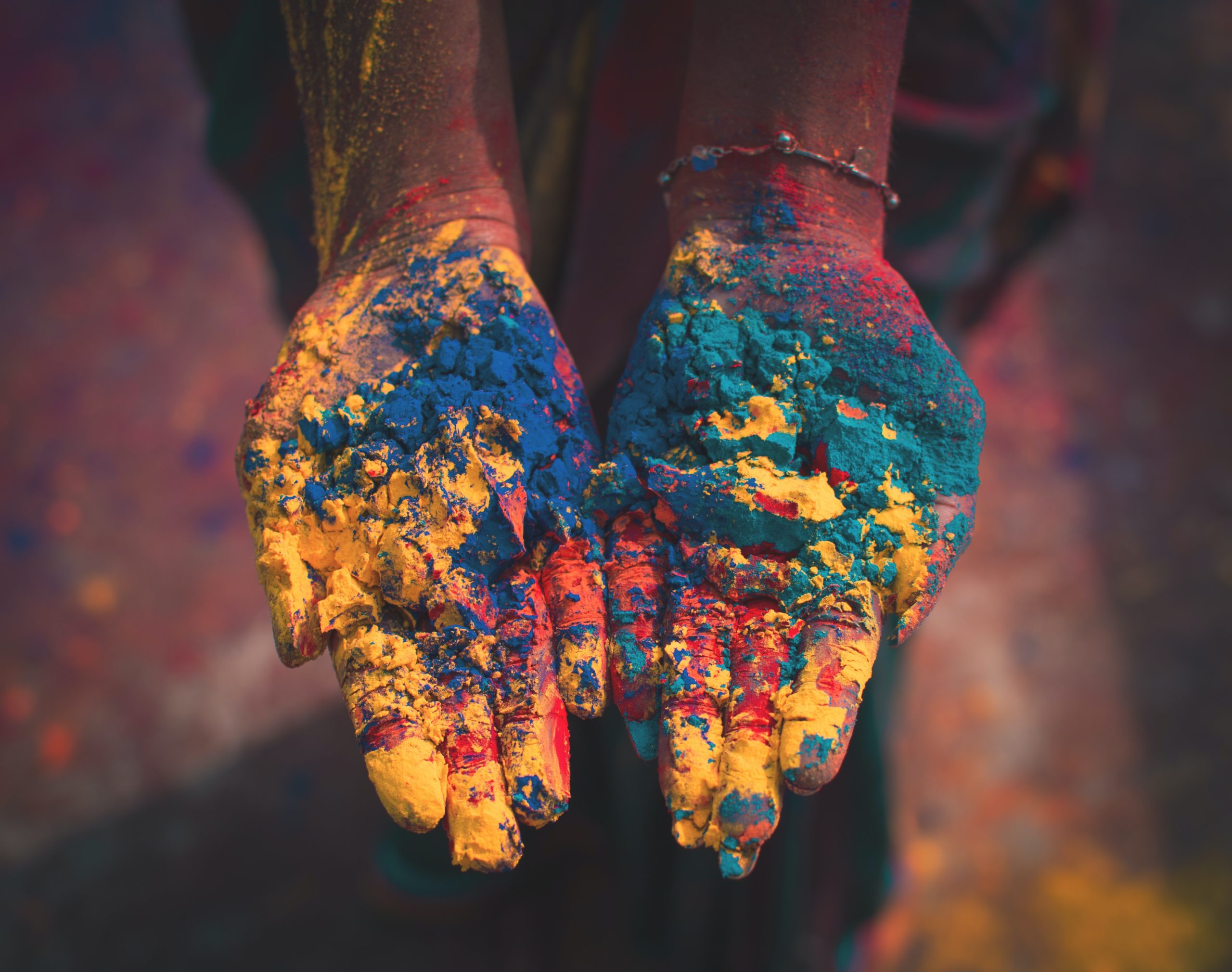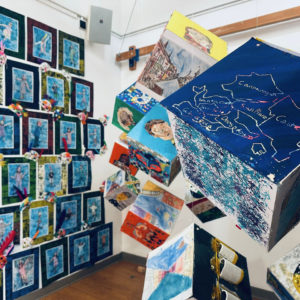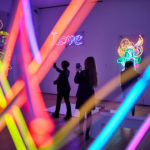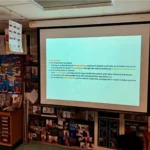The concepts of ‘cultureThe behaviours, beliefs and activities of a social, geographical, age defined or ethnic group of people, to include their artistic and creative pursuits generating' and 'culture using’ in the context of artArt refers to a diverse range of human intellectual and expressive activities and the outcomes of those activities. Within this context art is further defined..., craftCraft can be designed as intelligent making. It is technically, materially and culturally informed. Craft is the designing and hand making of individual objects and... and designDesign shapes ideas to become practical solutions and propositions for customers and users. Design is all around us, everything man made has been designed. The... education refer to the ways that artistsPeople who are engaged in a broad spectrum of visually led ideas and activities aligned to the expressive arts, makers and designersPeople who are engaged in the production of functional products, services and systems both draw from the prevailing cultural context and contribute to it.
‘Culture using’ reflects the role of artists, makers and designers in using and responding to their cultural context, experiences and heritage in their work.
‘Culture generating’ refers to the influence that art, craft and design can have upon the audience and cultural consumers of the arts.
In doing so they will be shaping, refining and reflecting societal values, attitudesAttitude as a term of fine art refers to the posture or gesture given to a figure by a painter or sculptor. It applies to the... and understanding. Art educators will need to take account of their students’ role as both producersThe producer is an artist who can lead a project all the way through the process from idea to audience on his own. Simply put, the... and consumers of art, craft and design.
Critical and contextual studies are the study and evaluation of art, craft and design from different perspectives. This includes the cultural, social and historical contexts in which artworks are both created and exhibited.
Critical and Contextual Studies include:
- Critique
- Looking at Pictures and Objects
- History of Art, Craft and Design
- Exploring AestheticsA term used to explore and explain the look and sensual appeal of a work of art, craft or design. The term embraces aspects of...
- Principles of Beauty and Taste
This aspect of the curriculumIn education, a curriculum (or curricula) is broadly defined as the totality of student experiences that occur in the educational process. The term often refers specifically to a planned... develops students’ capacity to think criticallyArt criticism, is the analysis and evaluation of works of art. More subtly, art criticism is often tied to theory; it is interpretive, involving the effort... about the works that they come into contact with. They learn to reflect on their creativeBeing creative or 'creativity' relates to or involves the use of the imagination or original ideas to create something. work in the context of their own times and the work of contemporary artists, makers and designers. In reflecting on the work of others, students should take into account relevant spiritual, moral, social and cultural issues.
Art educators need to make choices about which artists, makers, designers; movements, cultures and creative students study. These choices should reflect the curriculum being followed, the student’s prior knowledgeFacts, information, and skills acquired through experience or education; the theoretical or practical understanding of a subject. and the planned learning outcomesLearning outcomes are descriptions of the specific knowledge, skills, or expertise that the learner will get from a learning activity, such as a training session, seminar,....
Theoretical knowledgeTheoretical knowledge is the cultural and contextual content that pupils learn about artists and artwork. ‘about’ art, craft and design will put students’ practical knowledgePractical knowledge may be defined tentatively as the form of knowledge involved in exercising a skill. It is the 'knowing how'. and their own makingThe process of making or producing something. The making of meaning is a decisively integral component of art-making. Meaning-making in relation to the creation of... into context.
In constructing a curriculum art educators need to reflect upon the breadth, depth and range of artists, makers and designers they introduce and invite students to study. They will seek to ensure that in ‘learning about art’, students learn to express their own ideas and concerns with confidence and clarity.
Disability arts is a broad term that describes art, craft and design made by disabled artists and artworks that embrace disability-related themes, experiences, and perspectives.
Disability arts may challenge dominant ideas about disability, promoting anti-ableism in curriculum, practice and pedagogies. Disability arts do not show disability as needing to be ‘overcome’, instead helping to shift hidden bias and thinking about disability as something that needs to be cured or remediated.
There is a long history of representations of disability, which together with recent representations, can show how ideas about disability have shifted over time. Disability arts will also develop affective dimensions (feelings, emotions) and an understanding of alternative viewpoints.
The Concepts of 'culture generating and culture using' teaches you to:
a) Develop knowledge, understanding and response to the work of (selected, significant, relevant) artists, designers, contemporary creatives and makers, and disability arts.
b) Question: What is ‘great art’?
c) Introduce and examine periods, movements, styles, genres and cultures from past to present.
d) Explore historic, contemporary and global majority art and design – without bias or prejudice – selected to contextualise projects, to inform designing and meaning-making activities, and to inform the creation of outcomes in art and design.
e) Avoid plagiarism, cultural plundering or uncritical appropriation.
f) Develop a deeper and wider understanding of artworks studied and contexts in which the work is/was created.
